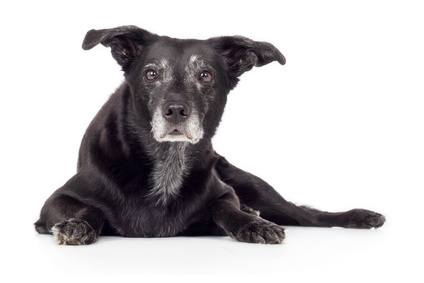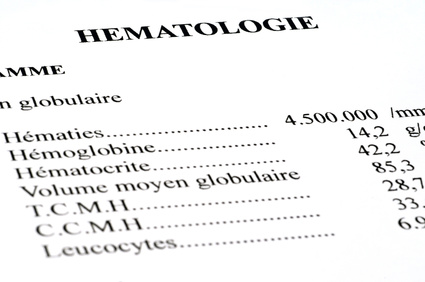
Chemotherapy for our pets
Chemotherapy pets
Tumors and cancers seem more and more common in our pets. Better medicalization and advances in veterinary medicine have allowed a net increase in life expectancy of our dogs and cats. Or, animals arriving at an older age are more likely to develop cancer than young.

But the increase of cancer cases is not only related to an increase in life expectancy, it is also explained by the exposure of our animals the same substances or environmental carcinogens than those we are ourselves exposed.
Finally, Cancers and tumors are being diagnosed much better than in the past thanks to tools more efficient and achieving complementary increasingly sharp exams.
As for predispositions, there are racial predisposition to certain cancers but individual genetic factors are also involved.
curative treatment concepts / palliative treatment
If cancer or tumor, The goal of treatment is, Of course, completely cure the animal when possible : the treatment is curative then told. If the cancer can not be completely cured, the goal is to extend the life expectancy of the animal but without falling into aggressive therapy… The animal should not suffer and have a good comfortable life. The treatment is then palliative : it does not allow a complete cure but is intended to slow the progression of the disease and improve the comfort of life of the animal.

Possible treatments
The pass processing, first of all, by surgery when it is feasible. For this, the tumor must be operable is to say localized accessible and.
When surgery is impossible (cancer spread, not accessible tumor, poorly localized or too big), Chemotherapy can increase the life expectancy of the animal and improve its living comfort.
Chemotherapy is also used in addition to surgery to increase the chance of cure or prolonging life expectancy.
It is sometimes performed before surgery to reduce the tumor size and ease of operation.
In some types of cancer, radiation therapy is recommended.
How does chemotherapy ?
The chemotherapy protocol depends on the type of cancer and the animal. It is established by the veterinarian depending on age, of health status and lifestyle dog or cat, and depending on the type of cancer and its grade (greater or lesser gravity, stage of development…).
The duration of chemotherapy, the number of sessions and their frequency are very variable, and they can be adjusted during treatment depending on the evolution of the health status of the animal.
Each session, the animal is examined to assess the disease progression, the response to treatment and the presence or absence of side effects. Blood tests are carried out regularly, especially before sessions.

Many cancer drugs are administered intravenously but some are injected subcutaneously (injection under the skin).
In some protocols, molecules can be administered orally, at home, owner.
Hospitalization is often necessary because the regulations concerning the storage and administration of cancer drugs is very strict. The waste from an animal treated with such drugs should be recovered. It is mandatory to collect the urine and feces of the animal after chemotherapy session.
Furthermore, special monitoring of the animal after the session is needed, to monitor the possible occurrence of side effects.
What side effects ?
According to the molecule used, Side effects can be order :
- Digestive : vomiting, diarrhea
- Haematological : decrease in the amount of certain blood cells, lowered immunity resulting in greater fragility against infectious diseases
- Urinary : cystitis
- cardiac : cardiac rhythm disorders
- kidney : renal failure
- Hepatic : Hepatic insufficiency

Side effects depend, not only, molecules used but also of the animal.
For the same cancer and the same protocol, treatment response of two animals can be completely different. The nature of the side effects and their intensity can be very variable.
When an animal is suffering from cancer, to decide on the establishment of a chemotherapy, Your veterinarian will tell you in advance :
- The goal of treatment : is that the treatment can cure the animal or is it simply can lengthen life expectancy ?
- The protocol : the nature of the molecules used, the need for hospitalization or not, the frequency of chemotherapy sessions, operation mode, the duration of treatment…
- Median survival for the type of cancer afflicting your pet
- Possible side effects
- The estimated cost of treatment
§
When you have knowledge of all these elements, you can make the decision to implement a drug treatment for your pet or not. Never hesitate to re-discuss with your veterinarian, to consider with him the various alternatives and to seek clarification on the elements that seem less clear. The goal of treatment is to maintain good living conditions for your pet, never to aggressive therapy. Chemotherapy enables, in some cases, to extend the life expectancy of our little friends for several months, or years depending on the type of cancer treated…
Author : Dr. Magali Pernot – Vetup®
Source : Vetopedia.com
